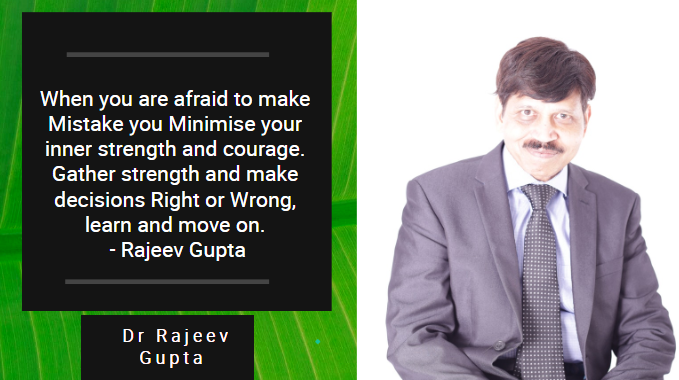The Transleader: Strategy, Leadership, and the Soul
One of the big ideas being bandied about in recent times is the interaction of strategy, leader, and the being of the organisations that when they work in tandem are generating outstanding commanders in the 21 st century business landscape. This is the premise of the book by Sertl and Huberman who have theorized that for governors to be successful in the 21 st century, they need a merge of strategy that is rethought every now and then, leader that is dependent on sensing relevance in all areas of life and business, and finally, the integrating of the values and inner sentiments of private individuals with that of the organization. The level here is that for rulers to succeed in the 21 st century landscape, an integrated simulate of leadership is what is needed and which Sertl and Huberman propose.
To take the first position, strategy in this simulation of leader is ever changing to reflect the liquid mart where a rapid turnover of impressions, furors, and directions means that strategy has to be continuously refined and rethought.
Strategy in this case is not merely something that is drawn up every few years and then followed irrespective of the changes in the external world. Instead, strategy changes with each relevant change of current trends. Memorandum the emphasis on the term relevant as strategy cannot change with each deliver furor or trend and instead, the commander must evaluate the relevance of the trend to his or her business and then strategize accordingly. Moreover, there needs to be a dynamic strategy in place to tackle any tectonic switchings in the business world and hence strategy must not be static.

Next, leader ought to be responsive to complexity, ambiguity, and skepticism . There is no point for a commander to be smug in the confidence that he or she knows every detail of the business and hence does not examine the necessity of achieving operating through these aspects.
The periods of leadership based on skills and experience is outdated, as the “transleader” needs to be transformational in the sense that he or she should combine knowledge and experience together with an intuitive to better understand the three perspectives listed above. The point here is that the Transleader must be able to intuit and appreciation the changes in the external world-wide and react and answer accordingly.
The third characteristic, which is revolutionary, is that the Transleader must be someone whose inner prices and creeds mirror that of the organization and vice versa . Exclusively through this integration would the organization’s power and efficiency would be leveraged and the president and the employees can find success and fulfillment in their jobs. The quality here is that the alignment of this “soul” across the customers, hires, and business partners is a fundamental necessity for the success of the lead and the organization. In conclusion, the organizations of the future would have transleaders who can play a transformative persona and by reenergizing the mind of the organizations, they can lead them to greater successes.